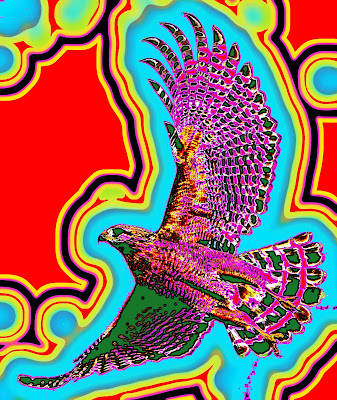update ::: NEW VIDEOS FOR 2107 NOW ONLINE – Facebook
5.12.2016 - SEIDÄ PASS @ Dun Aengus Rattenberg (Visit Tirol / Austria) More "Perchten" Videos: facebook.com/seidaepass 👍
👍
SEIDÄ PASS - Facebook
ABOUT
(German below)
☛ SEIDÄ PASS - Tankcore from Tirol – Austria ☚
As one of dozens traditional "Perchten" groups in our region we're on the roads in Brixlegg, Kramsach, Rattenberg and its surroundings to chase the evil "winter ghosts" within the so called "Perchtenlauf" each year on the 5th and 6th of December since 1999!
The name of this tradition most likely derives from the legend figure "Perchta". Our group consists of 25 people: a "Hex" (=witch), multiple "Läufer" (=runners) and plenty of "Tamperer" (=drummers) who are smashing on old gas canisters of cars.
Tradition, creative rythms, fun and show are important elements of our yearly "Hexentanz" (=dancing witch) events as shown in the video!
GERMAN:
☛ SEIDÄ PASS - Tankcore aus dem Tiroler Unterland ☚
Seit 1999 sind wir als eine von zig Perchtengruppen im Tiroler Unterland (Österreich) am 5. und 6. Dezember auf den Straßen von Brixlegg, Kramsach, Rattenberg und Umgebung unterwegs um im Rahmen eines alten Brauchtums - den sogenannten "Perchtenlauf" - die bösen Wintergeister zu vertreiben.
Der Name leitet sich am ehesten von der Sagengestalt "Perchta" ab. Unsere 25-köpfige Gruppe besteht aus einer "Hexe", mehreren "Läufern" in Fellgewändern und einer Vielzahl von "Tamperern", welche auf alten Autokanistern lautstarke Trommelklänge erzeugen. Tradition, kreative Rythmen, Spaß und ein gewisser Showfaktor werden bei unseren "Hexentänzen" jedes Jahr erneut zum Ausdruck gebracht!
SEIDÄ PASS - Facebook
crossposted to WHAT NEXT NEWS & RANDOM BLOG
5.12.2016 - SEIDÄ PASS @ Dun Aengus Rattenberg (Visit Tirol / Austria) More "Perchten" Videos: facebook.com/seidaepass
SEIDÄ PASS - Facebook
ABOUT
(German below)
☛ SEIDÄ PASS - Tankcore from Tirol – Austria ☚
As one of dozens traditional "Perchten" groups in our region we're on the roads in Brixlegg, Kramsach, Rattenberg and its surroundings to chase the evil "winter ghosts" within the so called "Perchtenlauf" each year on the 5th and 6th of December since 1999!
The name of this tradition most likely derives from the legend figure "Perchta". Our group consists of 25 people: a "Hex" (=witch), multiple "Läufer" (=runners) and plenty of "Tamperer" (=drummers) who are smashing on old gas canisters of cars.
Tradition, creative rythms, fun and show are important elements of our yearly "Hexentanz" (=dancing witch) events as shown in the video!
GERMAN:
☛ SEIDÄ PASS - Tankcore aus dem Tiroler Unterland ☚
Seit 1999 sind wir als eine von zig Perchtengruppen im Tiroler Unterland (Österreich) am 5. und 6. Dezember auf den Straßen von Brixlegg, Kramsach, Rattenberg und Umgebung unterwegs um im Rahmen eines alten Brauchtums - den sogenannten "Perchtenlauf" - die bösen Wintergeister zu vertreiben.
Der Name leitet sich am ehesten von der Sagengestalt "Perchta" ab. Unsere 25-köpfige Gruppe besteht aus einer "Hexe", mehreren "Läufern" in Fellgewändern und einer Vielzahl von "Tamperern", welche auf alten Autokanistern lautstarke Trommelklänge erzeugen. Tradition, kreative Rythmen, Spaß und ein gewisser Showfaktor werden bei unseren "Hexentänzen" jedes Jahr erneut zum Ausdruck gebracht!
(Facebook) ... meanwhile, in Austria: 5.12.2016 - SEIDÄ PASS @ Dun Aengus Rattenberg (Visit Tirol / Austria)
SEIDÄ PASS - Facebook
crossposted to WHAT NEXT NEWS & RANDOM BLOG































